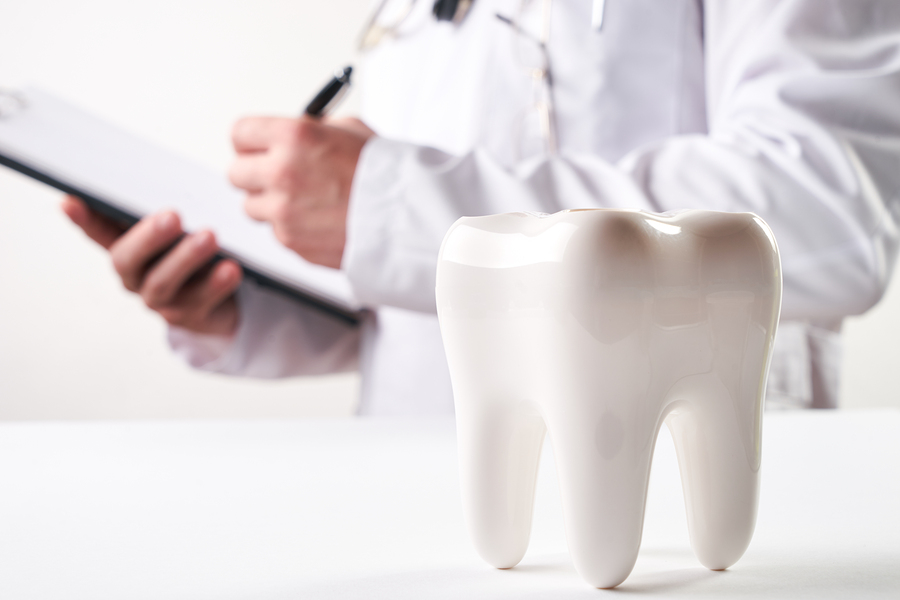Tooth loss is a common occurrence in the United States, with over 70 percent of American adults missing at least one tooth. As you age, the likelihood of losing one or more of your teeth dramatically increases, and often tooth loss begins with your molars.
You might think losing molars first is better than tooth loss starting in the front of your mouth, considering these teeth aren’t readily visible when a person smiles, but that’s far from the truth.
Unseen Complications. Adults have eight molars, plus four wisdom teeth, which are often extracted at a young age. These eight teeth have the primary function of chewing food, while the front teeth are more for biting and tearing food to send to the back of the mouth.
When one molar is lost, the tooth either above or below it, becomes useless for chewing food; therefore, loss of just one molar means loss of 25 percent of chewing ability or functionality. This often leads to a person favoring the other side of the mouth, causing those teeth to work harder and take on more stress and damage over time.
The teeth surrounding the missing tooth can start to shift and move, causing discomfort or a change in your bite. Since these neighboring teeth are without the stability of the missing tooth, they may become strained and loosen. This can result in even more missing teeth, a loss of functionality, and sometimes more serious health problems. The shifting of teeth and changes in the jaw may also cause more frequent headaches and migraines, as well as bothersome jaw pain and temporomandibular disorders (TMD).
Impact on Bone Health. The more untreated missing teeth you have, the more you are likely to have in the future, and this can be detrimental to the structure and health of your jawbone. You can experience up to 80% bone loss in the areas of the jaw that are missing teeth. Bone is kept strong by the root of the tooth being intact and stimulated by everyday activities such as chewing.
Bone loss in the jaw is what causes the mouth to shrink inward, often making a person look much older than they actually are. In addition, the lessened mass and integrity of the bone makes it more difficult to treat tooth loss as time goes on.
Mental Health. Once the domino effect of missing teeth has started, you may also lose front teeth, which has both a cosmetic and psychological effect. A person’s smile is one of the keys to appearing (and actually feeling) confident, and suppressing your smile can cause you to appear unhappy or less friendly, as well as actually lower your mood. Studies have also shown a link between missing teeth and an increased rate of dementia.
So, with all of these risk factors, what are your options to maintain a healthy mouth after losing a tooth?
A Safe Solution. One of the best ways to keep your mouth healthy and your bones strong after losing a tooth is to fill the space with a dental implant. A full dental implant consists of three parts, an implant, an abutment, and a crown.
The implant acts as a replacement root, stimulating the jaw bone and preventing excessive loss of bone mass over time. The abutment is the part that attaches the implant to the dental crown, which is the element that can be seen and looks just like a natural tooth. Because each element is independent, if there is ever damage to the crown, it can be replaced without disturbing the “root” of the implant. There are also special implants designed to replace more than one tooth at a time, rather than deal with each tooth individually.
Implants are the best way to prevent the many health problems caused by missing teeth. They effectively replace the functionality, strength, and look of a natural tooth and allow you to bypass the discomfort and annoyance of traditional dentures or partial dentures.

